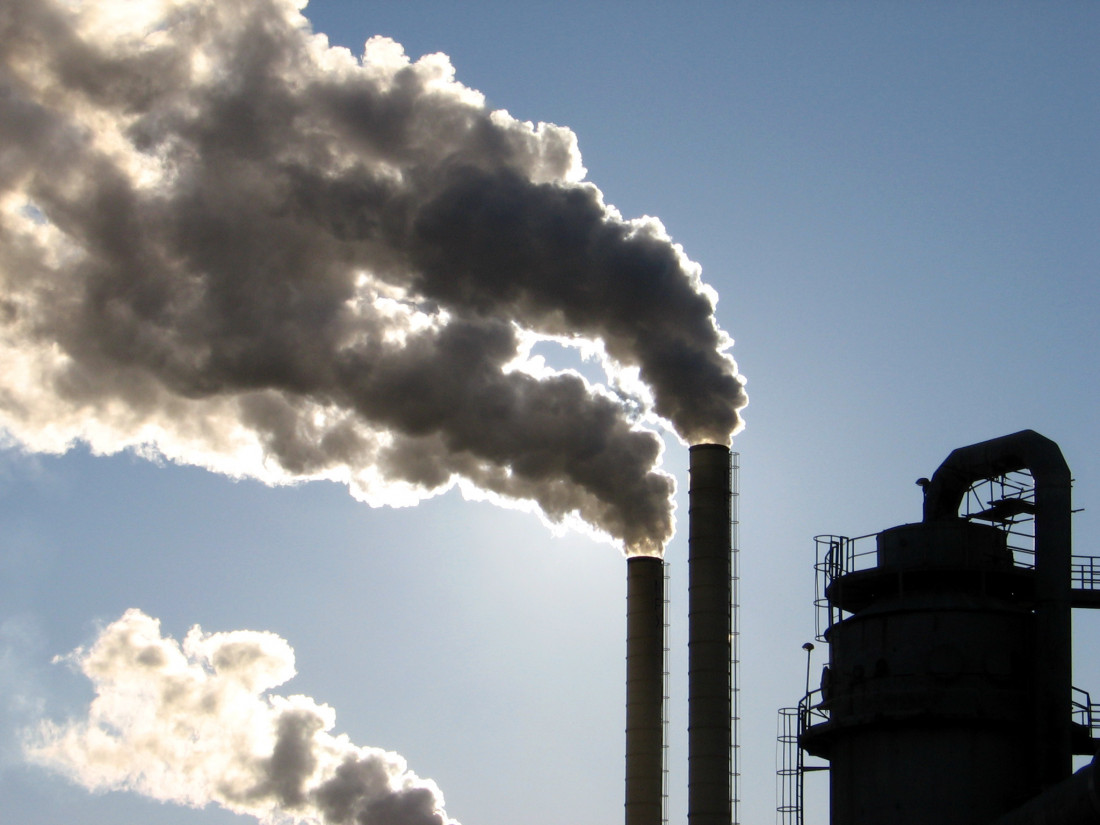This is part 2 of a two-part article. To read part 1 click here.
A recent report by chemical experts at the McKinsey consultancy claims that there are numerous warning signs that the chemical industry may be entering a new era of restricted growth or contraction. In fact the authors note, “Some important indicators have changed over the past few years. While the industry’s 15-year performance still looks good, a closer look at the past five years is less favorable: not only have chemicals lagged the total stock market since 2011 in TRS performance but the industry’s return on invested capital (ROIC) performance has flattened, and for some chemical subsectors, decreased.”
And the report continues, by highlighting further proof of a sea change in the chemical industry, with the authors outlining the following points for consideration.
1 . The Global Playing Field is Leveling off.
Historically, the chemical industry has been localized, with products manufactured close to their markets. But regional mismatches in demand (such as the Chinese economic boom) or supply (cheap Chinese labour or shale gas deposits) have resulted in a more globalized industry. As these differences end (rising cost of Chinese labour, slowing down of Chinese economic growth, development of shale gas in other regions), the industry may well return to a more localized system. This will close another avenue of potential growth.
2. The Limit of the Specialty Chemicals Market.
The report believes that the specialty chemicals’ business model is under threat, noting that in the past, many chemical businesses that have found room for expansion and value creation by moving their product portfolios downstream may hit a wall for both product development and consumer need. As the report states, “The universe of specialties is not well defined and as a result is hard to quantify, but we think it is getting smaller. Innovation to develop new differentiated—and thus specialty—products has become a game of inches. With the exception of innovative crop protection, we would be hard pressed to name a single chemical blockbuster developed in the last ten years.”
3. Digitization.
The recent expansion in online trading websites, such as Alibaba, AG CHEMI group, and Spotchemi (who supports this blog), have speeded up the “commoditization of specialty chemical companies’ product and service offerings”. The report’s authors believe that such websites will become increasingly popular due to the advantages they provide buyers. Chemical manufacturers may lose price value as information on products becomes more available. As the report states, “Our skepticism about specialties is reinforced by our research, which shows that segment profitability already appears to be much more dependent on industry structure (in effect, the number of players) than on the technology content of companies’ offerings.”
4. Reduced Productivity Improvement.
On this topic, the report notes that, “The [chemical] industry is finding it increasingly difficult to hold onto the benefits of its productivity-improvement efforts. Paradoxically, this is happening just when advanced analytics and digital approaches are creating a new wave of opportunities to accelerate productivity gains.”
5. Circular Economy.
The modern consumer lives in a throw-away world, full of single-use, plastic bags, disposable pens and diapers, individually wrapped cheese slices, and plastic window frames. All of these products are dependent on the chemical industry. As society further embraces the ‘circular economy’, reduced use, increased recycling, and a better understanding of mankind’s impact on climate, then the industry that will suffer the most from this new approach is the chemical industry.
In conclusion, it is interesting that the industry journal ChemInfo recently reported that, “Just nine of the top 50 [chemical] companies reported sales increases last year, including just one of the 10 largest chemical makers — PPG Industries at no. 4.” They also reported that, “Market leader Dow Chemical reported a decline of at 1.3 percent, followed by a 7.4 percent decline from no. 2 ExxonMobil and a 4.9 percent slide by third-ranked DuPont. Praxair rounded out the top five with 2.2 percent lower sales.”
Meanwhile, recent analysis by the renowned chemical journal C&EN, noted that, “The top 50 chemical firms combined for $259.9 billion in sales in 2016, a 5.6% decline from the amount the same firms posted the year before.” It also noted that, “Income also declined. The 44 firms among the 50 that report profits combined for $33.6 billion in operating income, a decrease of 9.6% versus the year-ago period.”
Should we be surprised by these figures, or is this the first step in a trend; a new era of limited chemical industry growth, and possible contraction (as McKinsey reports)?
While there are still many questions to answer about the arguments that the McKinsey authors make, such as which sectors will be worst hit, and how can chemical manufacturers survive a future contraction , there are many chemical traders who will read the report and simply wonder, “Should we be worrying about the chemical industry’s future?”

